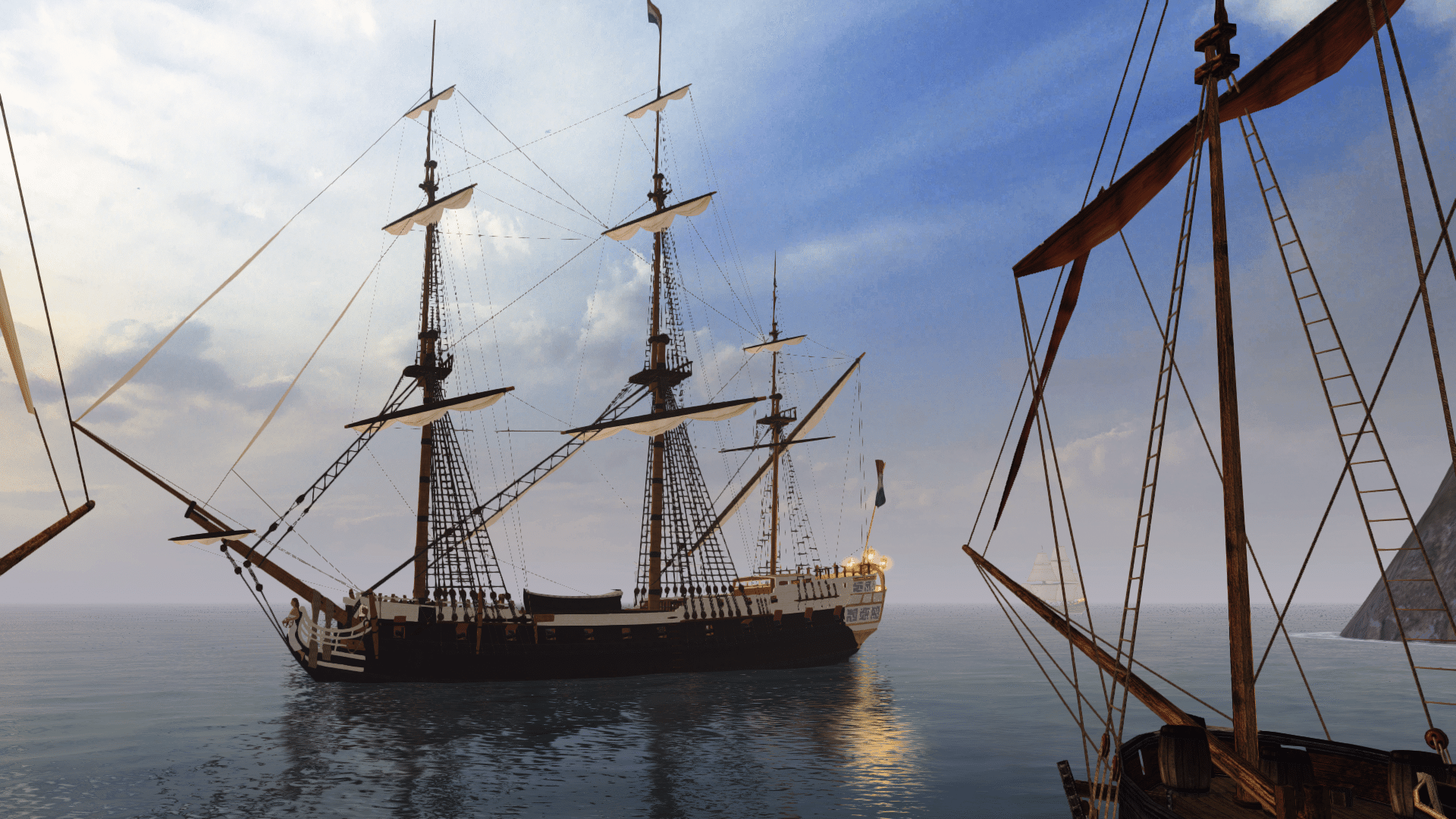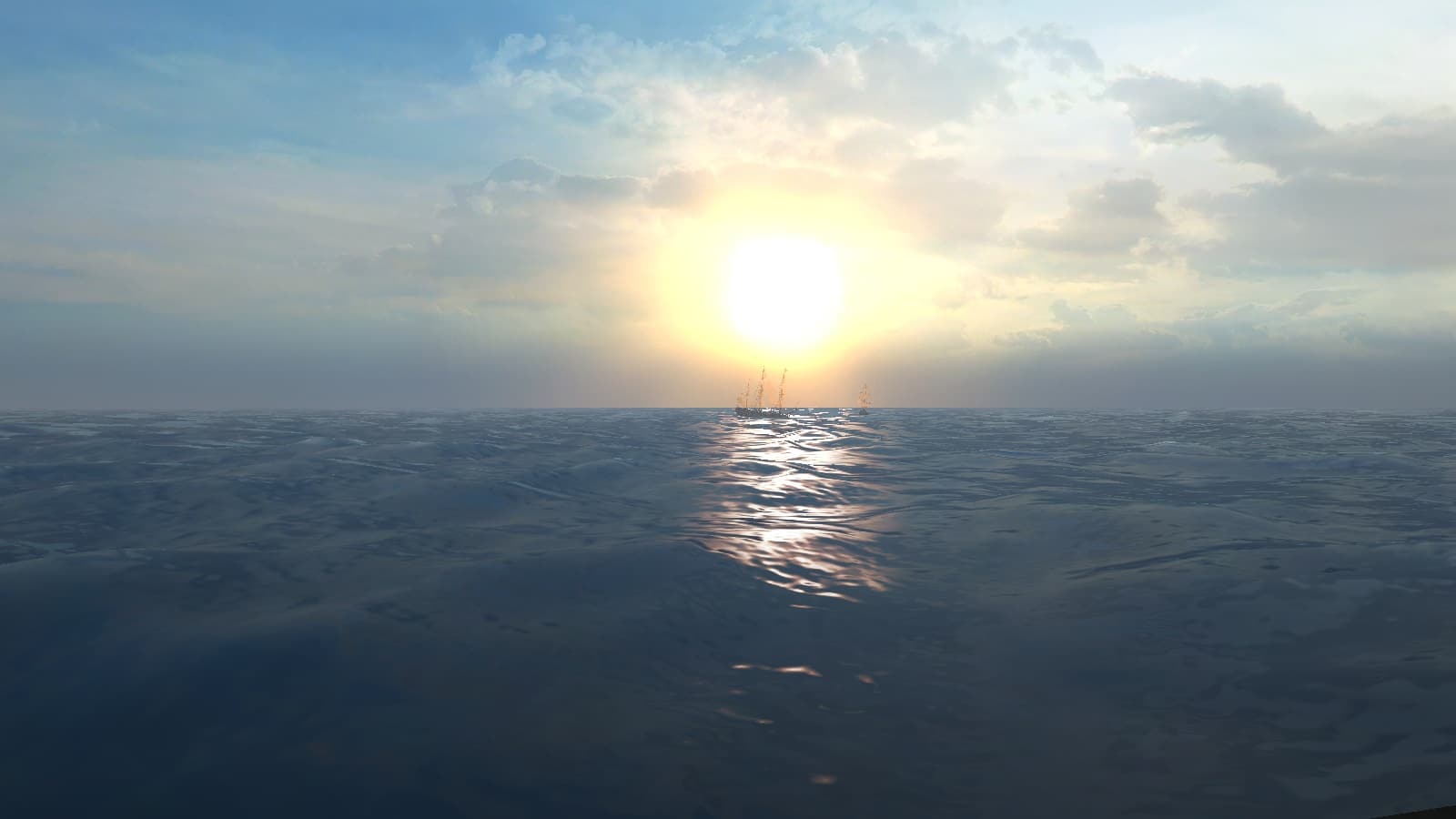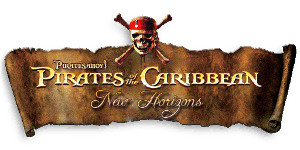There is a lot of possibilities when you look at this map of the Caribbean Islands.
<img src="http://i77.photobucket.com/albums/j67/SuoiveD01/CaribbeanIslands.jpg" border="0" class="linked-image" />
I suppose the question to ask is are we going to keep to the original Caribbean Islands as depicted in the above map or are we going to invent new ones.
If we are going to keep to the original Caribbean Islands , and if so in what time period are we going to place the islands into ?
Are we going to keep the setup of the islands historically correct ?
Some of the islands changed " Hands " so to speak often, for example ;
<u>Aruba</u>
The Cacique or Indian Chief in Aruba, Simas, welcomed the first priests in Aruba and received from them a wooden cross as a gift. In 1508, Alonso de Ojeda was appointed as Spain's first Governor of Aruba, as part of "Nueva Andalucia."
Another governor appointed by Spain was Juan Martinez de Ampues. A "cédula real" decreed in November 1525 gave Ampués, factor of Española, the right to repopulate the depopulated islands of Aruba, Curaçao and Bonaire. The natives under Spanish rule enjoyed more liberty than the average northern European farmer of the period.
In 1528, Ampues was replaced by a representative of the "House of Welser". Aruba has been under Dutch administration since 1636, initially under Peter Stuyvesant. Stuyvesant was on a special mission in Aruba in November and December 1642. Under the Dutch W.I.C. administration, as "New Netherland and Curaçao" from 1648 to 1664 and the Dutch government regulations of 1629, also applied in Aruba. The Dutch administration appointed an Irishman as "Commandeur" in Aruba in 1667.
Great Britain occupied Aruba from the years 1799 to 1802, and from 1805 to 1816.
3 nations occupied or controled Aruba over a 300 year span.
Just food for thought gentlemen, nothing more.
 " border="0" alt="modding.gif" />
" border="0" alt="modding.gif" />













